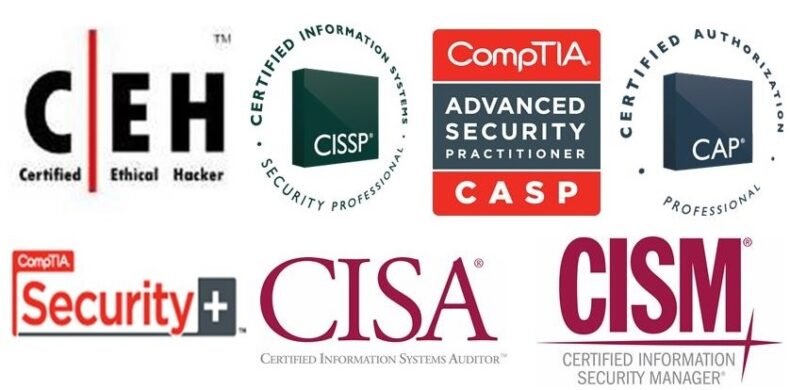
In the ever-evolving landscape of cyberspace, cyber-attacks have become a persistent and menacing threat to individuals, businesses, and governments worldwide. As technology advances, so do the techniques employed by cybercriminals to exploit vulnerabilities and gain unauthorized access to valuable information.
- Phishing Attacks
Phishing attacks are one of the oldest and most prevalent forms of cyber attacks. They involve sending deceptive emails or messages that appear to be from legitimate sources, tricking recipients into revealing sensitive information such as passwords, credit card details, or personal data. To prevent phishing attacks:
- Be cautious of emails from unknown senders or those with suspicious attachments or links.
- Verify the legitimacy of emails by checking the sender’s address and domain.
- Educate employees and individuals about phishing tactics and the importance of not sharing personal information via email.
- Ransomware Attacks
Ransomware attacks have seen a significant surge in recent years. These attacks involve malware that encrypts a victim’s data, rendering it inaccessible until a ransom is paid. To prevent ransomware attacks:
- Regularly back up your data to an external location to avoid losing critical information.
- Keep your operating system and software up to date with the latest security patches.
- Implement robust endpoint protection and network security measures to detect and block ransomware.
- Distributed Denial of Service (DDoS) Attacks
DDoS attacks aim to overwhelm a target’s online services or network by flooding it with a massive volume of traffic from multiple sources. These attacks can disrupt website availability and lead to financial losses. To prevent DDoS attacks:
- Deploy DDoS mitigation solutions or services that can detect and block malicious traffic.
- Use load balancers to distribute traffic evenly across servers and prevent overloading.
- Man-in-the-Middle (MitM) Attacks
In MitM attacks, cybercriminals intercept and eavesdrop on communication between two parties to steal sensitive information or modify data. To prevent MitM attacks:
- Use secure communication channels, such as HTTPS, for online transactions and sensitive data transfer.
- Enable encryption on all communication protocols and networks.
- SQL Injection Attacks
SQL injection attacks exploit vulnerabilities in web applications that fail to sanitize user input, allowing hackers to execute malicious SQL commands. To prevent SQL injection attacks:
- Implement secure coding practices, such as parameterized queries and prepared statements.
- Regularly audit web applications for potential vulnerabilities and fix them promptly.
- Zero-Day Exploits
Zero-day exploits target unknown vulnerabilities in software before developers can release patches. To prevent zero-day exploits:
- Keep software and applications updated to the latest versions, as developers often release security patches promptly.
- Employ network segmentation to limit the impact of potential zero-day attacks.
- Insider Threats
Insider threats involve individuals within an organization who misuse their access privileges to steal sensitive information or cause harm. To prevent insider threats:
- Implement strict access controls, limiting employee access to only the information necessary for their roles.
- Monitor and analyze user behavior for any unusual activities that may indicate insider threats.
Conclusion
The realm of cybersecurity is a battleground where cybercriminals continually devise new tactics to exploit vulnerabilities and gain unauthorized access to valuable information. Understanding the most common cyber attacks and adopting preventive measures is paramount to safeguarding our digital frontiers.
By staying informed, practicing good cybersecurity hygiene, and adopting proactive security measures, we can create a safer digital environment for ourselves, businesses, and governments. Remember that cybersecurity is not a one-time effort; it requires continuous vigilance and adaptation to the ever-changing threat landscape.
Let us stand together, armed with knowledge and preventive strategies, to fortify our digital defenses against cyber attacks and ensure a safer and more secure digital future. Together, we can navigate the complexities of cyberspace and protect what matters most – our data, our privacy, and our digital lives.





Leave a Reply